A time capsule discovery sheds light on the behind-the-scenes tensions during the Sainsbury Wing’s construction
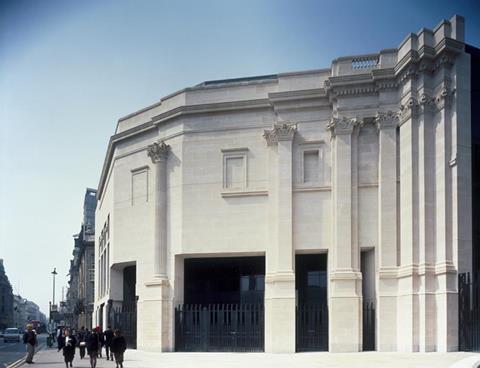
A surprising discovery at the National Gallery has brought to light a decades-old critique by one of its key benefactors. Contractors renovating Venturi Scott Brown’s Sainsbury Wing uncovered a hidden letter from 1990, in which John Sainsbury expressed strong disapproval of aspects of the architectural design.
A report in The Art Newspaper has revealed that the letter, buried within a column in the foyer of the Sainsbury Wing at London’s National Gallery, shows that John Sainsbury believed the architects had made a significant error. In the letter, typed on Sainsbury’s supermarket stationery, John Sainsbury criticised the American postmodernist architects Robert Venturi and Denise Scott Brown for incorporating two large, non-structural columns in the foyer. Sainsbury described these columns as a “mistake” but expressed overall satisfaction with the architects’ design.
During the construction, Sainsbury discreetly placed the letter into one of the columns, encasing it in a plastic folder for protection. The letter was only discovered last year, as part of ongoing renovations to the foyer.
Dated 26 July 1990, the letter was addressed “To those who find this note”. The note read:
“IF YOU HAVE FOUND THIS NOTE YOU MUST BE ENGAGED IN DEMOLISHING ONE OF THE FALSE COLUMNS THAT HAVE BEEN PLACED IN THE FOYER OF THE SAINSBURY WING OF THE NATIONAL GALLERY. I BELIEVE THAT THE FALSE COLUMNS ARE A MISTAKE OF THE ARCHITECT AND THAT WE WOULD LIVE TO REGRET OUR ACCEPTING THIS DETAIL OF HIS DESIGN.
LET IT BE KNOWN THAT ONE OF THE DONORS OF THIS BUILDING IS ABSOLUTELY DELIGHTED THAT YOUR GENERATION HAS DECIDED TO DISPENSE WITH THE UNNECESSARY COLUMNS.”
Last year, the National Gallery embarked on an £85 million project to refurbish the Sainsbury Wing. Annabelle Selldorf’s redesign, which included the removal of the non-structural columns, aimed to create a more open and welcoming foyer to accommodate an increased number of visitors. However, the decision to demolish the columns was met with significant opposition.
Robert Venturi passed away in 2018, but his partner, Denise Scott Brown, has been a vocal critic of the redesign. “She’s making our building look like a circus clown,” Scott Brown said of Selldorf’s redesign in an Observer interview. “There are elements of tragedy – circus clowns are made up to look happy, but they’re not. This is a circus clown wearing a tutu.”
Other opponents of the proposals included eight former RIBA presidents and the campaign group the Twentieth Century Society. The RIBA past presidents called the proposed changes “drastic”, “irreversible”, and “insensitive”, arguing that Selldorf’s vision “changes a finely conceived space into an airport lounge”.
Westminster City Council approved Selldorf’s plans, and the columns in the Grade I listed building were removed last year. The letter, now archived as an important historical document, offers a rare glimpse into Sainsbury’s thoughts and the behind-the-scenes tensions surrounding the design of one of London’s most significant art spaces.
The refurbished Sainsbury Wing is now set to reopen in May next year.
Also read: Denise Scott Brown rips into Selldorf’s National Gallery plans


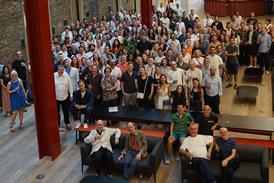
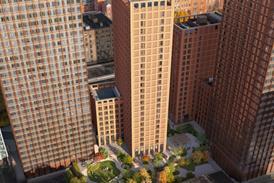

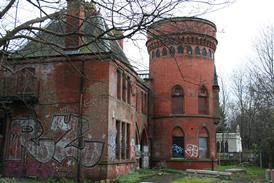



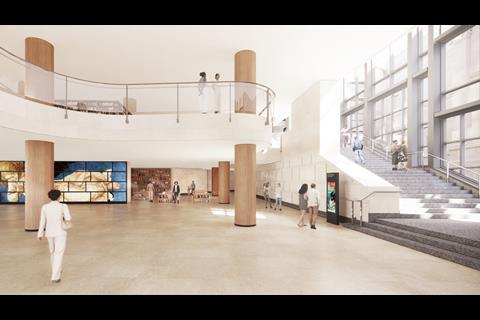

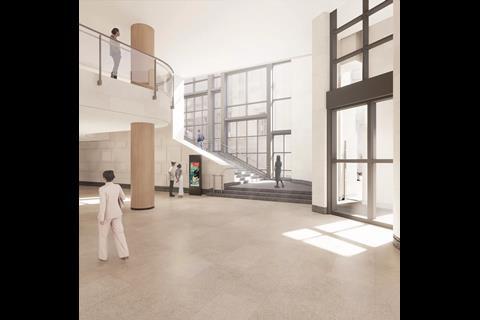
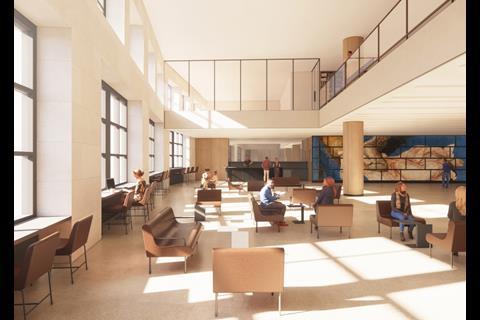
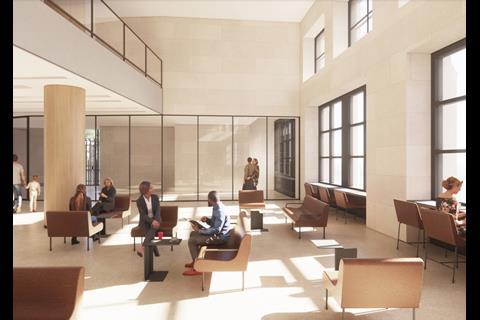







No comments yet